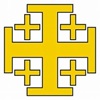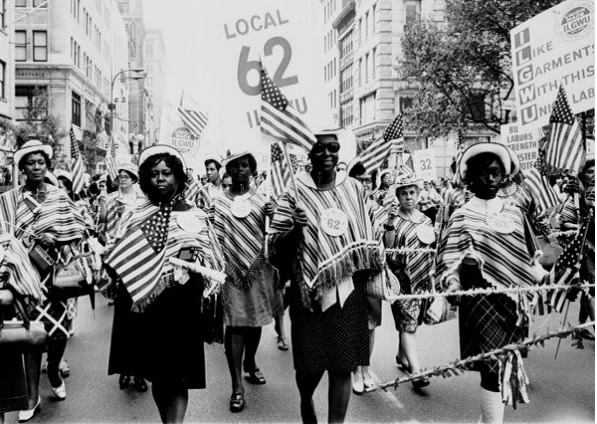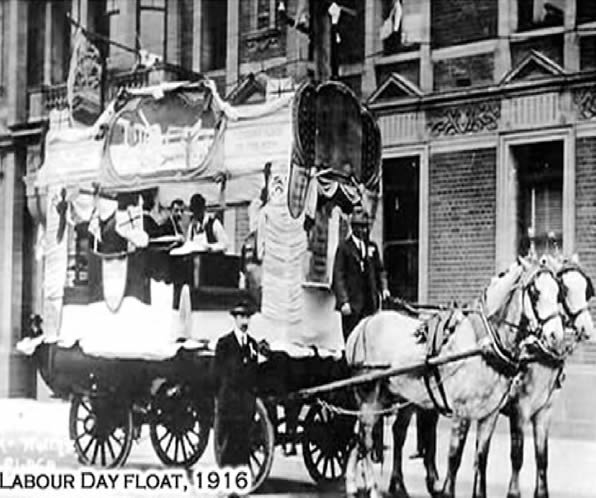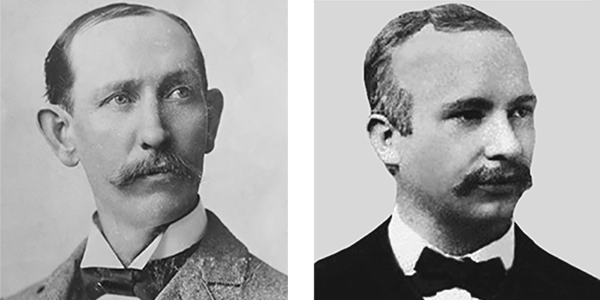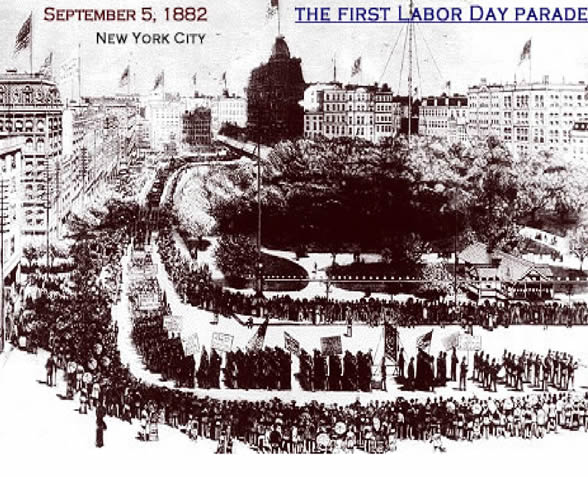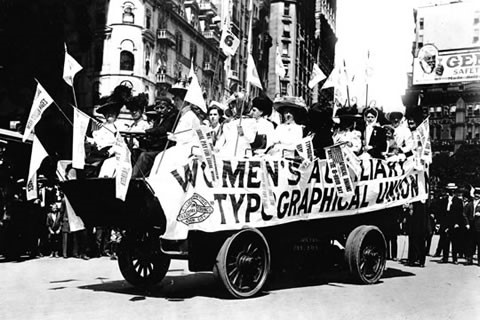Constitutional Originalism, the Second Amendment, and the English Bill of Rights of 1689
Modern gun control proponents argue as though we live under the English Constitution, instead of the Second Amendment. Looking at the history of both Bill of Rights repudiates arguments that support gun control.
The English Constitution includes a right to keep and bear arms. However, it is written so that attempting to seize arms from the English Colonists in April, 1775 arguably was not violated.
Many of the delegates to our Constitutional Convention were versed in British law, with over two thirds of them having legal training, even if they did not make their livelihood from being lawyers. That would have been training in British law, because U.S. law was in its infancy, and the U.S. Constitution was not written when they were trained. This is an important fact to keep in mind when looking at the founding of the United States and the drafting of the US Constitution and the Bill of Rights.
The U.S. has a Constitution and amendments as a single document. England and the United Kingdom’s Constitution, on the other hand, is not a single document. Instead it is a variety of documents and precedent going back centuries ( the Magna Carta, for example, was written in 1215). It is not uncommon for the U.K.’s Constitution to contain precedents that contradict each other.
At one point the English threw out the monarchy, though eventually it was restored. When it was restored one of the key documents established that the monarchy had to accept the authority of Parliament and the rights of their subjects. The English Bill of Rights of 1689 (EBR) codified those rights. It was signed by King William III and Queen Mary II as a condition of restoring the monarchy, and it is still considered part of the Constitution of many of the Commonwealth nations.
There are many parallels with the U.S. Bill of Rights, and many of the grievances the colonists had with the Crown were for violating English Bill of Rights. For example it includes freedom of speech, freedom from excessive fines and bail, no taxation without approval of the representatives in Parliament, freedom from cruel and unusual punishments, free elections, a right to keep arms, and other enumerated rights.
However, the right to keep arms is limited in such a way that it has allowed the U.K. to severely limit gun ownership.
The specific clause of the English Bill of Rights of 1689 is:
That the subjects which are Protestants may have arms for their defence suitable to their conditions and as allowed by law;
For reference the text of the Second Amendment is:
A well regulated Militia, being necessary to the security of a free State, the right of the people to keep and bear Arms, shall not be infringed.
Let’s look at each section in comparison:
“A well regulated Militia, being necessary to the security of the free State” – this reminds the government that it was established by the efforts of the armed population, and they continue to be necessary for the security of the nation. Militia at the time meant the able bodied men who could be called on to defend the community, state, and country from bandits, form bucket brigades to fight fires, protect the nation from invaders, etc. Well regulated at the time essentially meant competent; well trained, well organized, well equipped, and well disciplined. Justifications for their rights are covered earlier in the EBR.
The next sections have more direct correlations. The EBR says, “That the subjects which are Protestants” where the Second Amendment says, “the right of the people.”
The colonists included many groups that the Church of England considered to not be Protestants. This includes the Pilgrims who were separatists from the Church of England, Roman Catholics who had fled England, and others. As such the colonists who were not specifically Church of England, did not have a right. The Second Amendment uses the people, extending to all of the colonists who were considered citizens.
The EBR says, “may have arms for their defence suitable to their conditions” while the Second Amendment says, “to keep and bear Arms.”
The words “may” and “might” gives room for limitations, and limits it to arms for their defense. It also does not mention anything about being able to bear or carry them. The limits in the EBR allowed Parliament and King George III to justify the seizure of rifles and other arms the British government determined were not suitable.
The Founders didn’t want to provide our government with that same leeway. Further, many of the Founding Fathers had some experience in reading on history. They knew the massive technological shift that had been made in arms in just a few centuries. Some of them were likely aware of such firearms as the Cookson Repeater that was advertised in the Boston Gazette in 1756. Thomas Jefferson had obtained a Girardoni Air Rifle at some point, and later loaned it to the Lewis & Clark Expedition.
The point is, the Framers did not limit the language of the Second Amendment to firearms used or suited only for defense. We see echoes of this section and this argument in court filings supporting gun control currently when gun control proponents argue in support of “assault weapon” bans. Their argument can be summed up as the Second Amendment only protects arms the government deems suitable for self defense.
The Second Amendment does not only protect having or possessing arms, it includes the right to keep or bear them. It is not prefaced by “may”, which leads to the next section.
The next section illustrates the Founding Fathers really meant it when they wrote, “shall not be infringed.” The EBR says, “as allowed by law.” This leaves potential limits on the right to possess arms if Parliament passes a law. As we have seen in the 336 years since the EBR was signed, the U.K. and Commonwealth countries have severely limited the right by disallowing various arms by law, and adding other requirements. Those infringements include everything from gun registrations, strict licensing laws, storage mandates, and even outright confiscations.
The Founding Fathers had just lived through, and in many cases, directly participated, in a successful revolution where private arms played a significant part, and was essentially sparked by an attempt to seize arms from civilians who had organized themselves for their common defense. Therefore it says, “shall not be infringed” as a direct counter to attempts to limit the right or seize arms from citizens.
Gun controllers, including the various gun control groups, and the anti-gun attorneys general in deep-blue states like my own native California, often argue like we still live under the English Bill of Rights of 1689. While it is part of the common law that U.S. law is based on, the experience of the American Revolution and the text of the Second Amendment repudiate their arguments.
The Heller decision states the interest balancing that gun controllers are trying to use in support of gun control laws was already done by the Second Amendment. In my opinion, it was done by refuting the language of the English Bill of Rights that placed government interests over the right of some of the U.K’s citizens to keep and bear arms.
Source documents:
Yale Law School’s Avalon Project publishes the text of the English Bill of Rights of 1689 as part of their Constitutional documents project – https://avalon.law.yale.edu/17th_century/england.asp
University of Houston provides a summary of the Constitution Delegates – https://www.digitalhistory.uh.edu/active_learning/explorations/constitution/constitution_overview_delegates.cfm
Heller decision comments about Interest Balancing – Heller, 554 U. S., at 635. Pp. 15–17. – https://tile.loc.gov/storage-services/service/ll/usrep/usrep554/usrep554570/usrep554570.pdf
